On August 8th, 2016, premium cigars will be subject to regulations introduced by the U.S. Food and Drug Administration. This will drastically change the way new products will be introduced to the marketplace. One thing that has been the subject of much conversation is something called the “grandfather” date to market a premium cigar product without being subject to regulation. Today, we take a look at this topic more closely.
With the current FDA regulations, the grandfather date has been set to February 15, 2007. The other important date is August 8th, 2016. It is on or or after that new products introduced will be subject to regulation. These two dates create three groups of premium cigar products.
- Products Introduced Prior to February 15, 2007: Products in this group are eligible to be grandfathered and exempt from regulation.
- Products Currently on the Market Between February 15, 2007 and August 8th 2016: Products in this group will be given a two year grace period to apply for approval to be on the market by the FDA. There is an additional one year window where the FDA will review the application for approval.
- Products Introduced After August 8th, 2016: Before these products can be introduced to the marketplace, they must submit an application and receive FDA approval.
The Grandfather Date
The grandfather date has been the subject of much debate for the past two years. The premium cigar industry has attempted to push this date from the February 15, 2007 to a future date.
The original selection of the February 15 2007 date was somewhat arbitrary. It happens to be the date the Family Smoking Prevention and Tobacco Control Act was introduced. It is this act that became law and empowered the FDA to regulate premium cigars.
According to the FDA, it claims it does not have the legal authority to change this date. In response to public comment, this date was set by statute (79 FR 23142 at 23174). There is a bill currently in the U.S. House of Representatives to change this date, H.R. 2058 that would change this 21 months following implementation of the Family Smoking Prevention and Tobacco Control Act (i.e. implementation of the regulations) This bill has 52 co-sponsors at press time.
There was also an amendment added to the current House Appropriations Bill that
H.R. 2058 differs from what was proposed in the Appropriations Bill as that bill deals with funding for the upcoming financial year (ending September 30,2017), and this language would need to make it in subsequent Appropriations Bills going forward. Thus H.R. 2058 puts this into law (once a companion Senate Bill is passed and it gains the President’s signature).
By putting a new grandfather date into law, H.R. 2058 essentially puts current products listed in #2 (above) into the same category as #1. (above),
However the date is moved, the cigar manufacturers and brand owners will take this as a trojan horse to try to save their hard work done over the years.
Guidance for a Grandfathered Products
While products introduced prior to February 15, 2007 can fall into the “grandfathered” category, it does not automatically guarantee the product is grandfathered. According to the regulations, the product must have been commercially marketed in the United States. This will require documentation to prove this, and the FDA published guidance back in September 2014 on what that exactly means in the document “Establishing That a Tobacco Product Was Commercially Marketed in the United States as of February 15, 2007”.
There are three key things around this to note:
- The FDA categorizes products as “commercially marketed” and “test marketed”, – although the line seems somewhat blurry and subject to interpretation.
- The Actual Grandfather Date is Key. Currently, that is the February 15th date. While the product could have been introduced prior to February 15th, it still must have been marketed on the February 15th date and beyond- i.e. it could not have been withdrawn from the market. If this is the case, a marketing authorization still must be obtained by the FDA.
- The Product Must be the Same If the product was modified after this date, it still must be approved by the FDA that is demonstrates “substantial equivalence” – meaning it has the same characteristics as the predicate or demonstrates it does not raise different questions of public health. In either case, if the products is not the same, the FDA would need to review.
The FDA has established a process where manufacturers can validate if a product is eligible to be grandfathered. This is not a mandatory option and the FDA anticipates many manufacturers will not use this option.
The following are examples (but not limited to) of documentation that can be used to demonstrate a product was commercially marketed on February 15, 2017:
- Dated copies of advertisements
- Dated catalog pages
- Dated promotional material
- Dated trade publications
- Dated bills of lading
- Dated freight bills
- Dated waybills
- Dated invoices
- Dated purchase orders
- Dated customer receipts
- Dated manufacturing documents
- Dated distributor or retailer inventory lists
- In addition, the FDA says other documentation can be submitted by which a manufacturer believes will demonstrate that the tobacco product was commercially
marketed (other than exclusively in test markets) in the United States as of February 15, 2007.
An interesting question is that blurry line on what qualifies as a commercially marketed product. This seems to be somewhat of a subjective process. Could the cigar industry find a shop exclusive, house cigar, or regional release that could be deemed as commercially marketed and take it national? Over the next few months, we will see how this plays out.
References






May 8, 2016 @ 6:09 pm
Coop – Interestingly, the predicate date will also mean it’s unlikely Cuban cigars will ever be legally imported into the U.S. Even if Imperial is willing to pay the cost of getting FDA approval when the embargo ends (it’s difficult to see Habanos S.A. spending that kind of money), the lag time would be such that we probably wouldn’t live long enough to see them on the shelves.
May 9, 2016 @ 1:54 pm
Since a true premium cigar has only two ingredients – dark air-cured tobacco and paste – I don’t see why a predicate can’t be found for an SE application. Sure it won’t be Cuban tobacco, but the FDA has shown some flexibility on tobacco blends for cigarettes. And an SE application is much cheaper (in theory) than a PMTA.
May 9, 2016 @ 6:59 pm
Steve – Just my opinion, of course, but I think you’re laboring under the mistaken impression that the FDA wants to regulate tobacco. The FDA wants to eliminate tobacco, and making the approval process easy, or cheaper, isn’t in its interest. Consider, for instance, this quote from HHS Secretary Sylvia Burwell in the press release announcing the new regulations: “Today’s announcement is an important step in the fight for a tobacco-free generation …”
May 12, 2016 @ 11:33 am
George, I agree with Steve. The FDA does not have to like tobacco to make regulation somewhat easier. The Small Business Administration has been involved in the FDA bill for exactly that reason. I continue to point out that the FDA has only pulled about 4 cigarette brands off the market since regulation began. The rest have continued to be sold pending a decision, which may not come for years. There is no reason to believe FDA will act differently with cigars.
New blends are a different issue, but there is no reason to think large numbers of existing cigars will vanish — unless manufacturers pull them voluntarily. And it is too soon to say.
May 12, 2016 @ 2:14 pm
Thanks Mike. A very good way to help with the cost of regulation, to join forces to lobby Congress for favorable legislation, and as an excellent source of information is to join a trade association. Either the Cigar Association of America and/or the Council of Independent Tobacco Manufacturers of America. CAA has a web site, and I can provide contact details for CITMA. Let me know…
FDA Cigar Regulation: Effects of the 2016 Deeming Rule
May 10, 2016 @ 4:18 pm
[…] […]
New Brands / FDA Update – Cigarros CDA | My signature goes on every cigar we make.
May 11, 2016 @ 9:27 am
[…] Feature Story: Understanding the Grandfather Date for FDA Regulation of Premium Cigars […]
Mt Baker Vapor’s Official Statement on FDA Deeming Regulations | Mt Baker Vapor
May 11, 2016 @ 7:29 pm
[…] regulations. See the link below to express support of HR 2058, a bill which will change the “grandfather date” for deemed tobacco products. This revision would allow for all vaping products currently being […]
Mt Baker Vapor, Post-Deeming Regulations - Mt Baker Vapor
January 18, 2017 @ 8:09 pm
[…] regulations. See the link below to express support of HR 2058, a bill which will change the “grandfather date” for deemed tobacco products. This revision would allow for all vaping products currently being […]